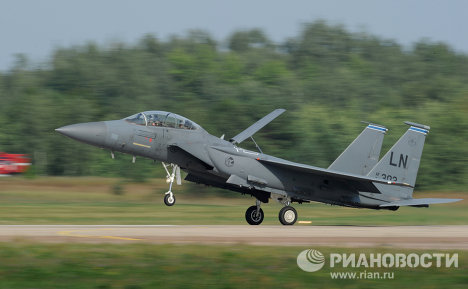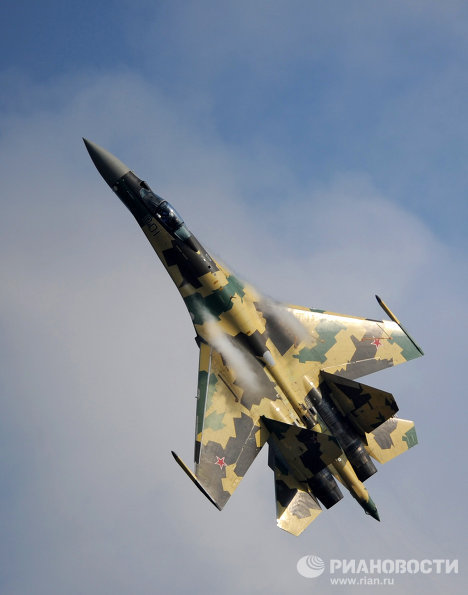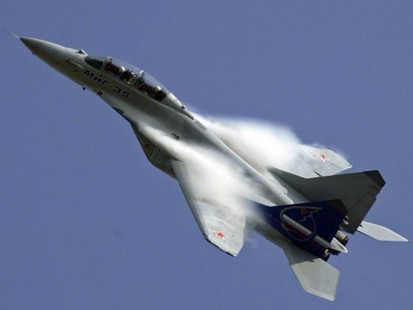India detected a Chinese spy ship disguised as a fishing trawler in the Indian Ocean a few months ago. By the time the ship figured on Indian radars, it had operated already for about 22 days and was positioned off-the cost of Little Anadaman - an area which is considered sensitive and crucial in the ongoing battle for supremacy over the Indian Ocean region between India and China.
Immediately after detection, an Indian Navy Ship was sent after it. However, since the Chinese ship was in international waters, no punitive action could be taken against it. The Indian Naval ship, instead, tailed the Chinese ship sending out a clear message that India was aware of its actual mission. In order to avoid the Indian Navy tail, the Chinese Ship moved towards Sri Lanka and docked at the Colombo. Inquiries by the Indian security agencies revealed that ship as many as 22 Laboratories on board.
A report sent up to government, which NDTV has access to, claims that the Chinese ship was mapping the Indian Ocean and picking up crucial Bathymetric data. Other Laboratories on board the ship were designed to collect data on the currents of the Indian Ocean, the temperature at various depths and also very crucially, underwater obstructions and obstacles. Bathymetric data is crucial for submarine and Carrier based operations. Information about ocean currents, on the other hand, is crucial if torpedoes are to be used.
India's assessment is that China will be able to carry out Aircraft carrier based operations by 2017. China doesn't have an operational aircraft carrier yet. The collection of data from the Indian Ocean is designed towards this. Once the Chinese Carrier Battle Group is ready for operations the Indian Ocean region will be one of the main focus areas of China. This will not only help China secure the shipping lanes that carry it's exports towards Europe and North America but protect oil and coal imports. However, the presence of the Chinese Navy in the Indian Ocean region cannot be altogether benign for India. In fact the presence of a Carrier Battle Group in Indian Ocean region is a serious military threat for India. Chinese ground forces already have an edge over their Indian counterparts along the land borders. Chinese naval presence in Indian Ocean region is, therefore, a cause of serious concern for India.
What is also worrying Indian security agencies is the presence several Chinese fishing trawlers along Wheeler Island off the Orissa coast during test launches of missiles. All Indian missiles are tested from Wheeler Islands. Security agencies have told the government that fishing trawlers are most likely monitoring the Indian missile test launches and colleting telemetric data of the missile. Telemetric data is crucial to build effective counter measure against missiles.
Immediately after detection, an Indian Navy Ship was sent after it. However, since the Chinese ship was in international waters, no punitive action could be taken against it. The Indian Naval ship, instead, tailed the Chinese ship sending out a clear message that India was aware of its actual mission. In order to avoid the Indian Navy tail, the Chinese Ship moved towards Sri Lanka and docked at the Colombo. Inquiries by the Indian security agencies revealed that ship as many as 22 Laboratories on board.
A report sent up to government, which NDTV has access to, claims that the Chinese ship was mapping the Indian Ocean and picking up crucial Bathymetric data. Other Laboratories on board the ship were designed to collect data on the currents of the Indian Ocean, the temperature at various depths and also very crucially, underwater obstructions and obstacles. Bathymetric data is crucial for submarine and Carrier based operations. Information about ocean currents, on the other hand, is crucial if torpedoes are to be used.
India's assessment is that China will be able to carry out Aircraft carrier based operations by 2017. China doesn't have an operational aircraft carrier yet. The collection of data from the Indian Ocean is designed towards this. Once the Chinese Carrier Battle Group is ready for operations the Indian Ocean region will be one of the main focus areas of China. This will not only help China secure the shipping lanes that carry it's exports towards Europe and North America but protect oil and coal imports. However, the presence of the Chinese Navy in the Indian Ocean region cannot be altogether benign for India. In fact the presence of a Carrier Battle Group in Indian Ocean region is a serious military threat for India. Chinese ground forces already have an edge over their Indian counterparts along the land borders. Chinese naval presence in Indian Ocean region is, therefore, a cause of serious concern for India.
What is also worrying Indian security agencies is the presence several Chinese fishing trawlers along Wheeler Island off the Orissa coast during test launches of missiles. All Indian missiles are tested from Wheeler Islands. Security agencies have told the government that fishing trawlers are most likely monitoring the Indian missile test launches and colleting telemetric data of the missile. Telemetric data is crucial to build effective counter measure against missiles.





































.jpg/290px-Juno_Mission_to_Jupiter_(2010_Artist's_Concept).jpg)






















